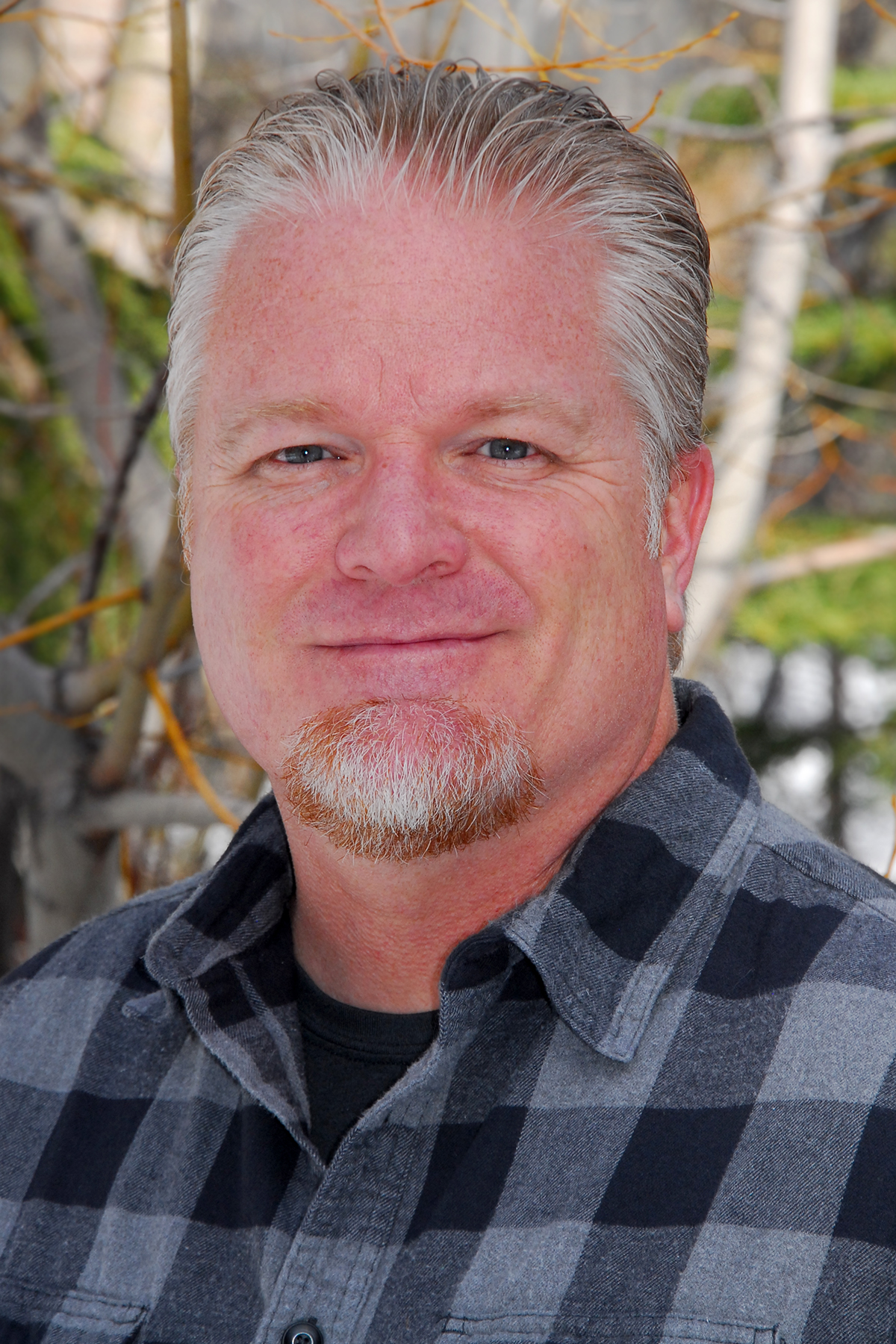DBW (Drive-by-Wire) info & misconceptions
In factory form, the Drive-by-Wire system allows for a faster throttle response, better control over throttle application when combined with traction control and ABS, and eliminates the need for a separate cruise control module. The system basically consists of the gas pedal, known as the APP (Accelerator Pedal Position), the TAC (Throttle Actuator Controller) module and the Servomotor and TPS (Throttle Position Sensor) on the throttle body.
The TPS on the throttle body is actually two sensors in one, which has opposite degree of output voltages to the TAC module and ECM, and serves to “cross check” and provides feedback to the APP sensor. The APP consists of three position sensors. The failure of one sensor will store a trouble code in the ECM and the system will continue to operate normally. Failure of two sensors will result in reduced power, while an unlikely failure of all sensors, may command a complete engine shut down. The TAC module and ECM communicate through a dedicated redundant serial data circuit. This all provides a very reliable, safe, and tunable system. Any “lag” from the gas pedal to the throttle body is a result of the factory tune. Luxury cars, and some sports cars when in “city mode” will exhibit this trait. Your BD Turnkey Engine will have a direct 1:1 Gas Pedal-to-Throttle Body response. DBW actually gives more flexibility in tuning, particularly with idle and off-idle stability.
Drive-by-Wire (DBW) & WATER DEMONSTRATION
People consistently ask and believe they want a Drive-by-CABLE engine over a Drive-by-WIRE engine for reliability issues. Primarily related to the system getting wet, malfunctioning, and leaving them stranded. Personally I have seen MANY DBC related issues with sticking throttles, broken cables, etc. and NO issues related to DBW. Just about every car manufactured after 2000 is DBW on the road today. Additionally, big cam motors with DBW are much easier to establish a steady idle and eliminate stalling. Older DBC engines use an IAC (idle air control) valve to control idle air. It is small, and has its limitations. DBW engines use the actual throttle blade as the IAC, it is large & reacts very quickly to maintain proper idle air flow. Other benefits of DBW are the ease of routing wires versus a cable. Cables need large sweeping curves to maintain longevity, smooth action, and no sticking.
CHECK OUT THIS VIDEO ABOUT DBW AND WATER!




